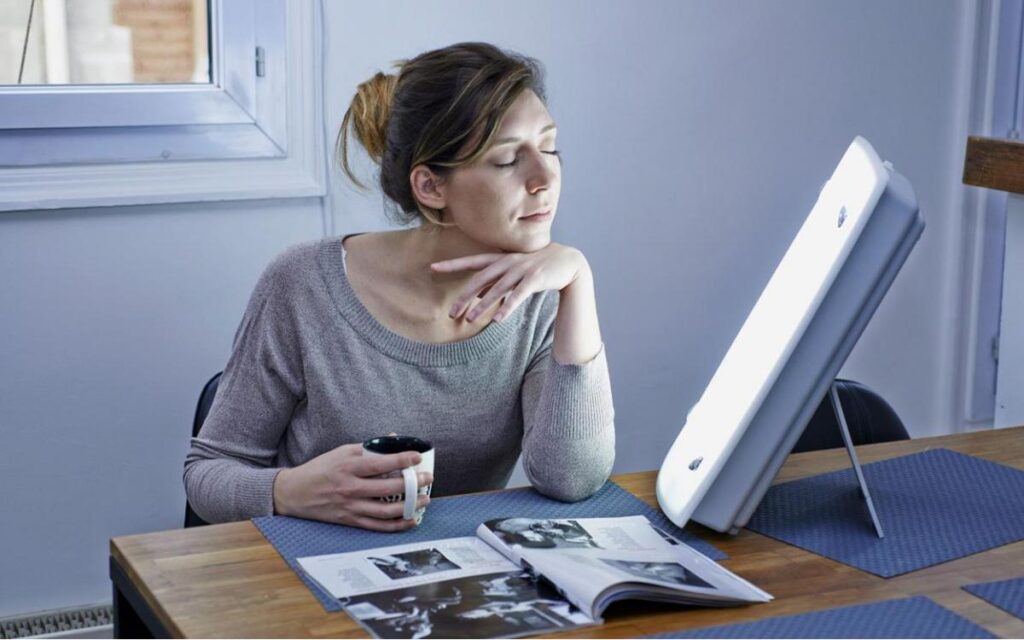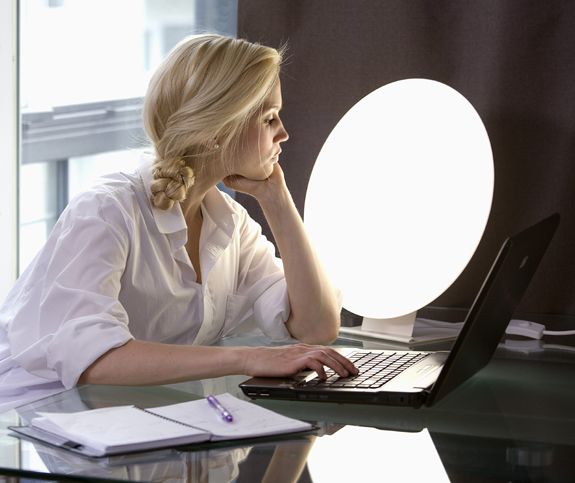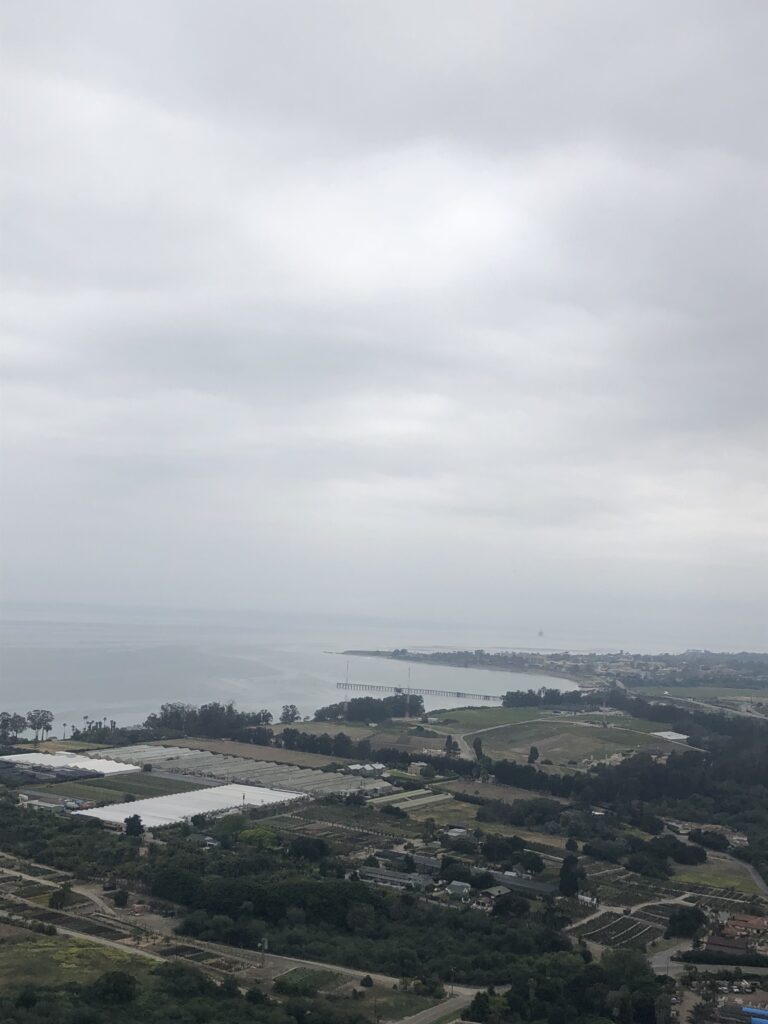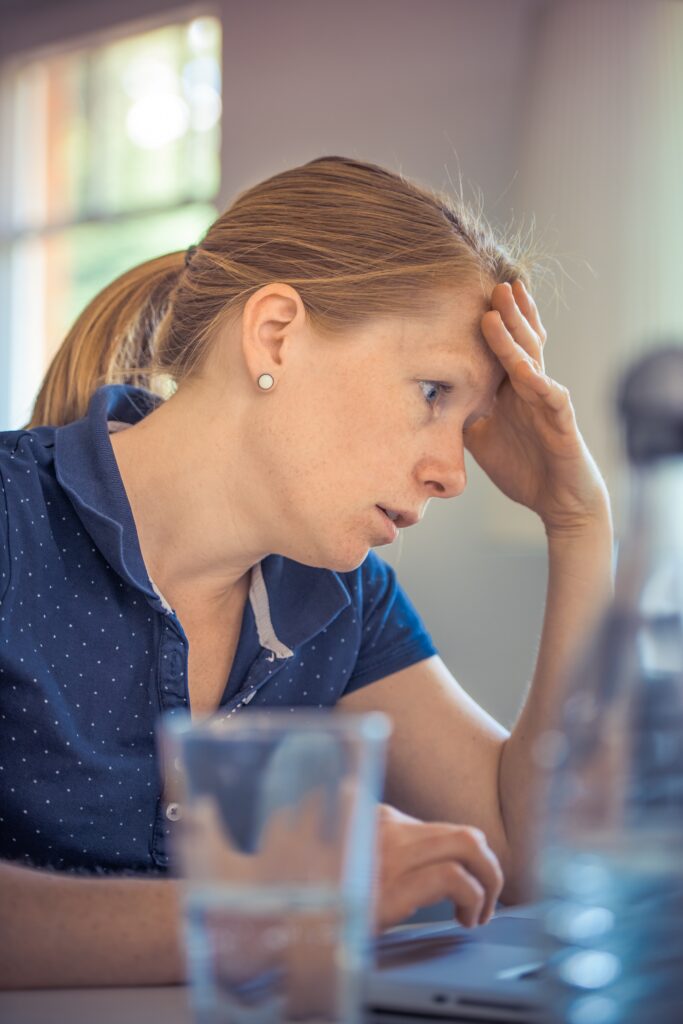
Role: Mental Health Coordinator
Team: UCSB Associated Students, Office of the President
Type of Work: Policy Proposal, Research, Mental Health Advocacy
Duration: September 2019 – May 2021
Project Background
In my role as a Mental Health Coordinator, I wrote a proposal to college administration detailing the need for installing light boxes around campus. Check out the proposal below. (Note: This proposal was written during COVID-19, so it contains language related to that)
November 23, 2020
To: Administrative Mental Health Task Force
From: AS Office of the President, Mental Health Coordinator
Re: Proposal to Install Lightbox Therapy at CAPS and CAPS Satellite Locations
ABSTRACT
The Associated Students Office of the President represents all students attending University of California, Santa Barbara. Serving within the Associated Students (AS) Office of the President, Mental Health Coordinator(s) aim to implement changes and programs in the best interests of the undergraduate student body in regards to the condition, use, and quality of campus mental health facilities. It has been called to the Mental Health Coordinator(s) attention that there is a lack of resources regarding seasonal affective disorder, or more commonly known as SAD. Given this problem, the Mental Health Coordinator(s) propose installing light boxes at CAPS and CAPS satellite locations. Using a research-driven approach, both a short-term and long-term solution is detailed in order to adequately address student’s mental health needs.

BACKGROUND
With the onset of winter and shorter, darker days, seasonal affective disorder (SAD) is bound to affect many students. Those suffering from SAD exhibit symptoms of depression such as having low energy, being unable to sleep, having difficulty concentrating, and more. While studying this phenomenon, psychologists and biologists have suggested that the source of these symptoms was the lower exposure to sunlight during the winter months, and further research proved that to be true. One form of treatment that was developed, and which is still being widely used today, is bright-light therapy with sun lamps. Individuals affected by SAD use the UV-free sunlamps daily for 30-60 minutes in the morning and they begin to see improvement in their symptoms within the first few days.

IDENTIFIED ISSUES
Santa Barbara is especially prone to cloudy days and reduced sunlight, and so UCSB students are at higher risk of suffering from SAD. SAD’s symptoms could lead to negative outcomes like poor academic performance, deteriorating interpersonal relationships, and a decline in well-being. Currently, UCSB wellbeing facilities (such as CAPS and Student Health) do not offer bright-light therapy, so the addition of it to our campus would easily help a plethora of students.
PROPOSED SOLUTIONS
Based on the background and identified issues, offering Light Box Therapy at UCSB is important for the wellness of UCSB students. Currently, several universities offer light box therapy programs. At the University of Iowa and Purdue University, students can rent a light box for a temporary period of time or make an appointment to use it at a Wellness Center (respectively). Using these universities as a model, UCSB could implement a similar program at CAPS.
Short-term Solution
Given that there is an ongoing pandemic, the implementation of light box therapy might not be done right away. However, the legwork for this project can be done so once in-person university activities resumes students can access this service.
After researching and reviewing multiple light boxes on the market, the best one we’ve decided is the “VeriLux HappyLight VT20 Full-Size UV Free 10,000 Lux Bright Light Therapy Full Spectrum Lamp”.
We have selected this particular lamp for several reasons:
Once full university operations resume, we can place these in various locations across campus. The proposed locations, as well as the proposed check-out procedure, are discussed in the following “Long-Term Solution” section of this proposal.
Long-Term Solution
The light boxes should be placed strategically around campus, in both the main building of the Counseling and Psychological Services (CAPS) and the satellite locations. The intended satellite locations are: CAPS Annex, Student Resource Building (EOP), Santa Catalina, San Clemente, Gaucho Support Center (Isla Vista), El Centro, Mental Health Peers Office, and the Intercollegiate Athletics CAPS Satellite. These locations were listed on CAPS’s website.
In regards to the implementation of light box therapy, we suggest modeling after Purdue University’s current procedure on light therapy. Students at Purdue University have access to this free service by scheduling an appointment in advance or visiting the location where light box therapy services are held. UCSB can offer a similar program, and verify current students using their perm numbers prior to use. For the specific duration and use of light box therapy for students, we suggest consulting with Student Health and CAPS when working out the logistics.
To support the maintenance of the light therapy services, funds can come from the Associated Students Office of the President. This fee would be used to replace light boxes every time they break, and are damaged irreparably or irreversibly. This fee may also be used for any additional operational costs if need be. The specific details on funding for this fee are to be discussed with members of the Mental Health Task Force. Additionally, the main point of contact of who will be overseeing this project in its maintenance is also to be discussed with the Mental Health Task Force.
An additional suggestion for the further continuation of this service would be having an annual survey sent out to students regarding their satisfaction with light box therapy and if there are any needed improvements in order to provide the best quality of care. This survey can be given to students after they have utilized light box therapy at UCSB. Another place this survey could be offered is in CAPS’s usual student survey; it can be added as a separate section there.

RISKS
Some risks associated with light box therapy include eyestrain, headaches, agitation, nausea, and sweating. When this happens, doctors recommend decreasing exposure to the light used. Doctors also advise people who have sensitive eyes or skin to not use light therapy or consult a doctor first. Certain antibiotics, anti-inflammatories, or herbal supplements may increase sensitivity to the light. So, individuals should check if any medicines they are taking affect eye vision before using light therapy. People who have bipolar disorder should also consult a doctor prior to use because light box therapy may trigger mania, euphoria, hyperactivity, or agitation. Other side effects can include redness, stinging, burning, or other allergic reactions. However, light therapy is generally considered safe and side effects can subside after three weeks. Despite these potential risks, the benefits outweigh the risks: treatment for seasonal affective disorder, insomnia, ADHD, and dementia. Lightbox therapy can make changes in an individual’s melatonin and serotonin levels, improving their mood and sleep patterns.
CONCLUSION
The Mental Health Coordinator(s) serving in the AS Office of the President strives to improve the mental health resources and accessibility of mental health care and support at UCSB. Therefore, we believe this proposal is important because it offers a solution for UCSB students who need a more tailored mental health resource to support them during different points of the year. By offering light box therapy, we can address a crucial gap in UCSB’s offering of mental health resources. This service will benefit all UCSB students and provide much needed care during vulnerable periods that students experience. We encourage the consideration and support from UCSB’s administrators, the administrative Mental Health Task Force, and healthcare professionals in the implementation of this program, as it will be beneficial for the entire university community.
APPENDIX:
ADDITIONAL RESEARCH
Another source consulted regarding light box brands